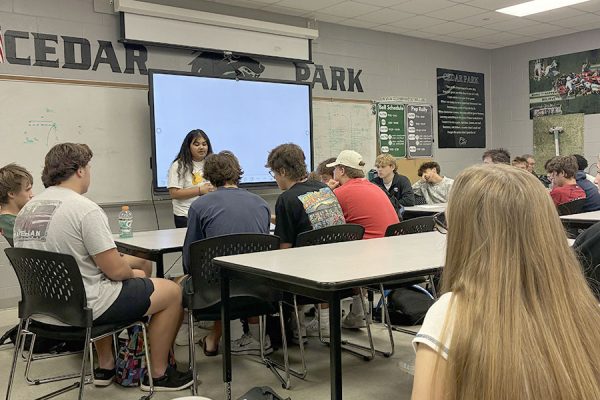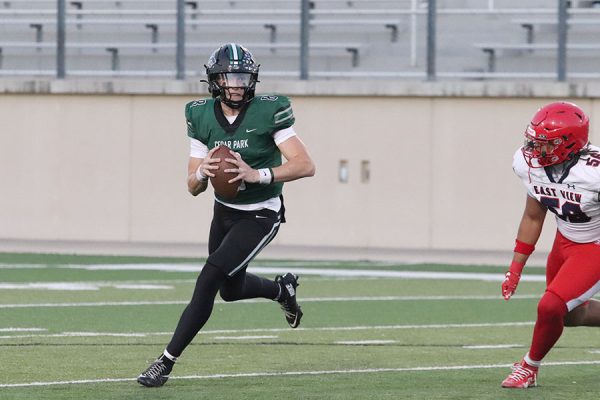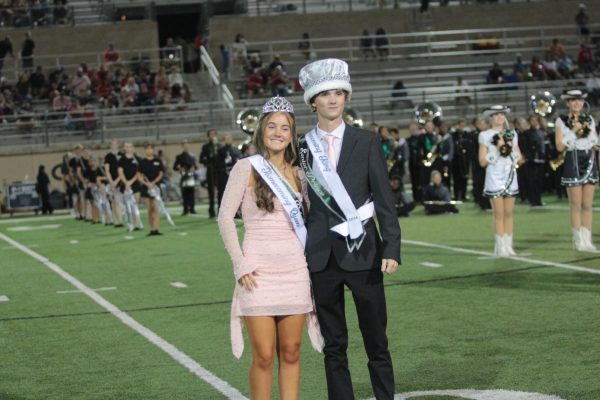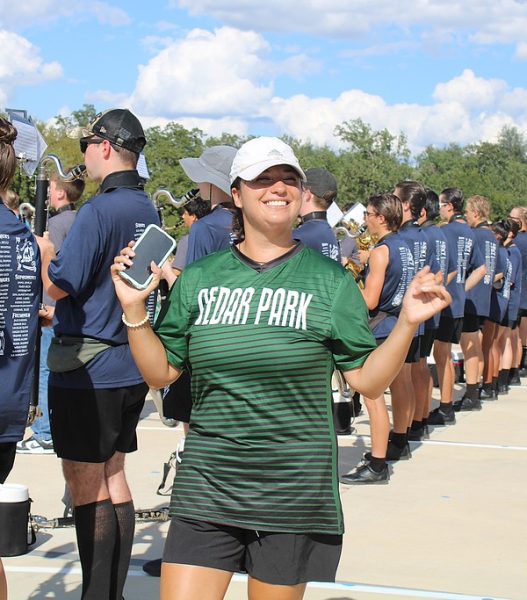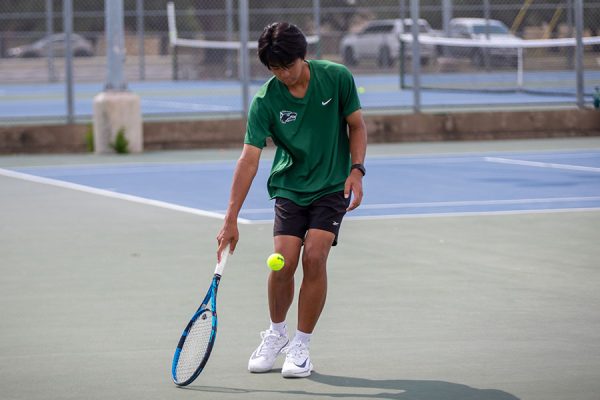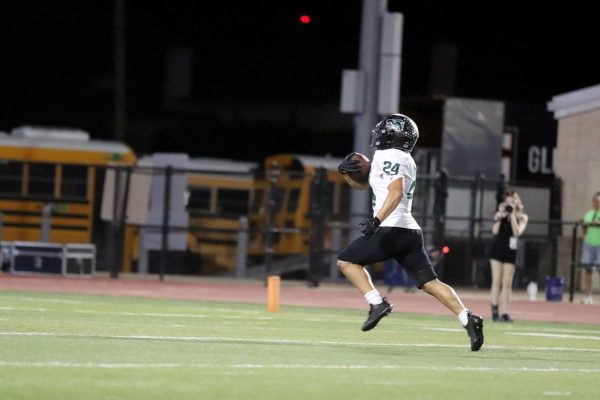The Vanishing Point of Art Styles
Students Discuss Classical vs. Modern Paintings
Whereas classical art depicts a scene and tells a story, often of mythology or religious references, artists of modern times focus more on expressing ideas and feelings. The style of back then has since been replaced by splashes of color, curvy lines and other new art techniques. “[Over time] I think art has shifted more to emotion rather than human beauty, ” sophomore Braeden Murray said. “Modern art is significantly more abstract and doesn’t have an obvious theme in mind. Very simple shapes, no people to be seen, and more colorful. I think in the older [time period] the art was definitely more human based, with biblical [references] while modern art is more emotion based because it’s not depicting a particular scene or action that’s happening.”
March 21, 2023
Leonardo da Vinci wrote in reverse so his journals could only be read in the reflection of a mirror. Michelangelo created a name for himself after a failed attempt at art fraud. Donatello destroyed his sculpture rather than giving it to a patron who he thought devalued his work. The artists of modern times are surviving pandemics, upgrading their iPhones and entering a world of self-driving cars. Different time periods, different life experiences, different styles of art.
Whereas classical art depicts a scene and tells a story, often of mythology or religious references, artists of modern times focus more on expressing ideas and feelings. As they learn about famous art pieces in history and explore current works, students like Brinley Shuman have developed an opinion about the two time periods and the different styles of art they have created. Shuman said there were positive aspects to both old and new styles.
“I don’t have one [style of art] that I think is better because I think they both have their pros and cons,” Shuman said. “For modern art, they’re generally a lot more colorful, it has a lot more different shades and tones of color. Whereas with classical art, they’re usually of the same color palettes. However, with classical art, it is usually easier to understand the meaning behind them while modern art is mainly personal interpretation.”
Shuman has developed her own style of art that reflects the current trends of modern art, she said.
“I like modern art, it’s fun,” Shuman said. “It’s more similar to my style of art so I can really understand what their point of view was with the piece. The vibrant colors of modern art draws my eye and keeps me more focused on it. It’s more pleasing to my tastes because I really enjoy interpreting artwork.”
Sophomore Meg Allaka said she agrees with Shuman’s statement about personal interpretation.
“I like being able to personally interpret [modern art],” Allaka said. “It’s up to my imagination, I get to feel how I want about it. Whereas, in classical art, I have no room to find myself in the painting.”
Going beyond the message of a painting, the focus has also changed, according to sophomore Braeden Murray.
“[Over time,] I think art has shifted more to emotion rather than human beauty, ” Murray said. “Modern art is significantly more abstract and doesn’t have an obvious theme in mind. Very simple shapes, no people to be seen, and more colorful. I think in the older [time period] the art was definitely more human based, with biblical [references] while modern art is more emotion-based because it’s not depicting a particular scene or action that’s happening.”
The focus may be different than what it once was, but modern art has aspects that classical art doesn’t have, according to Shuman.
“I think [classical art pieces] can be nice at times, but overall I feel like they don’t have as much life to them,” Shuman said. “During that time period, they didn’t really showcase expression. I think it is important to show expression because not only does it give a way for artists to showcase their work and what their mind is capable of, but it also gives people new ideas and a variety of options.”
Freshman Maggie Lee Wen said she prefers classical paintings over modern paintings because of the stories they depict and the history behind them.
“[Classical art] is very eye-catching while modern art is all kind of the same,” Lee Wen said. “[Classical art] paintings are interesting, they’re history and hold a lot of meaning. We may think we know a lot about history, but it’s always good to have a simple reminder about what happened in our past.”
Art is in a constant state of growth, according to Murray. The styles that are famous and considered modern today might look completely different twenty years from now.
“The styles of painting are still evolving,” Murray said. “As long as humans are still around, there will always be evolution. [Art] is influenced by the way humans see the world and that influences the art they create about it.”
An artist’s experiences reflect their work, and world events have an impact on the art of that day, Shuman says.
“Art is how you see the world and what you think of it,” Shuman said. “[Between the two time periods] I wouldn’t say they’re different art styles, I’d say it’s different people and different perspectives. Art styles tend to shift with people’s ideas and what is most prominent in their life.”

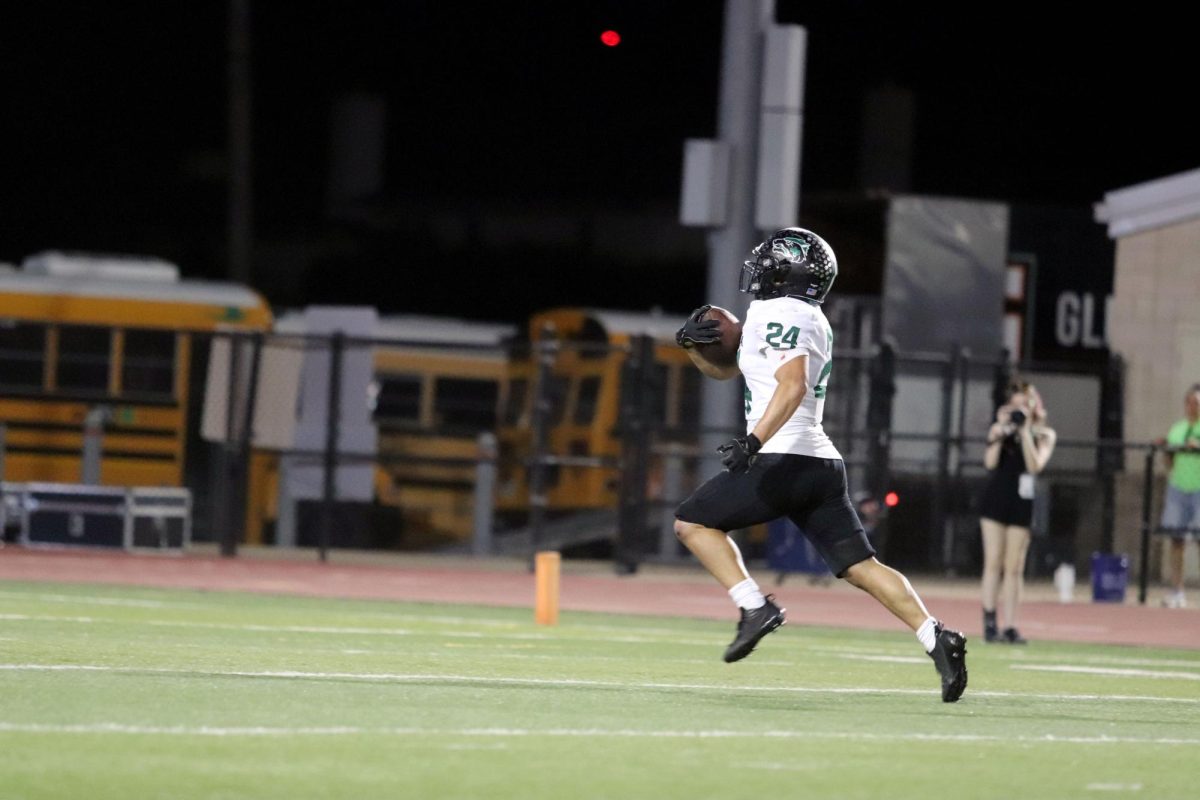


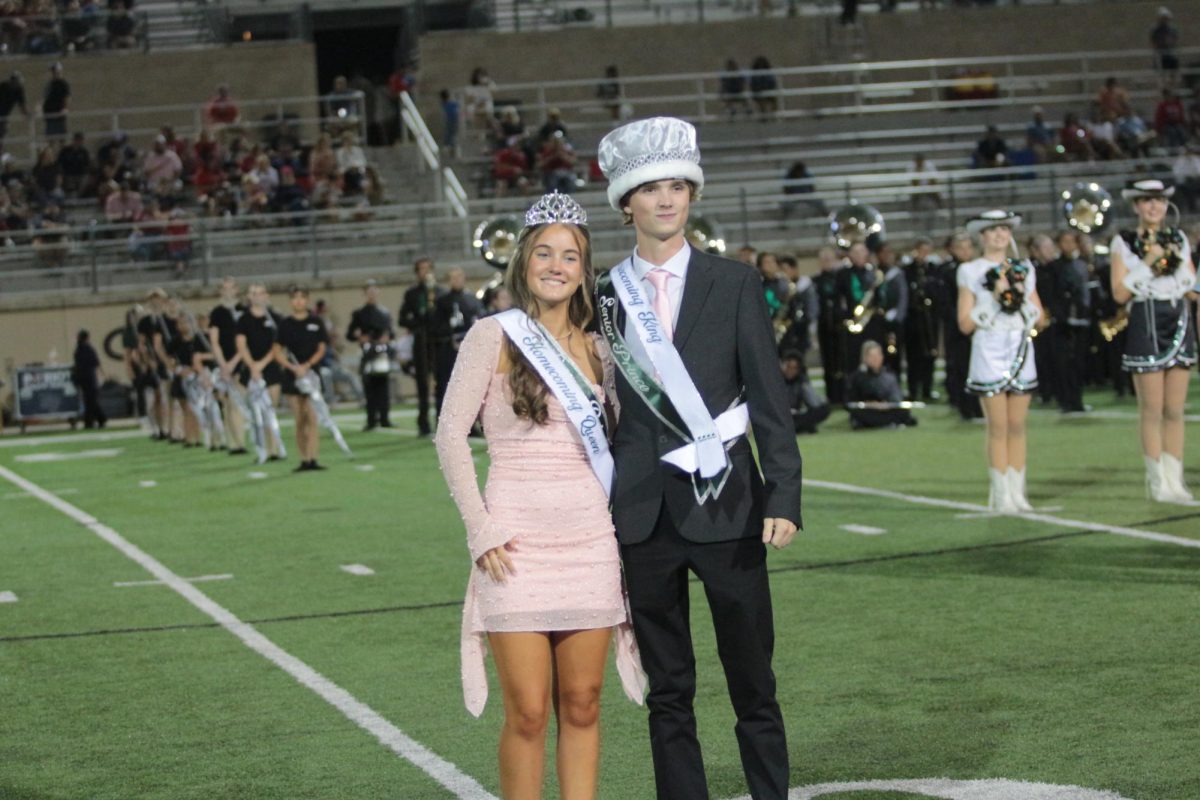

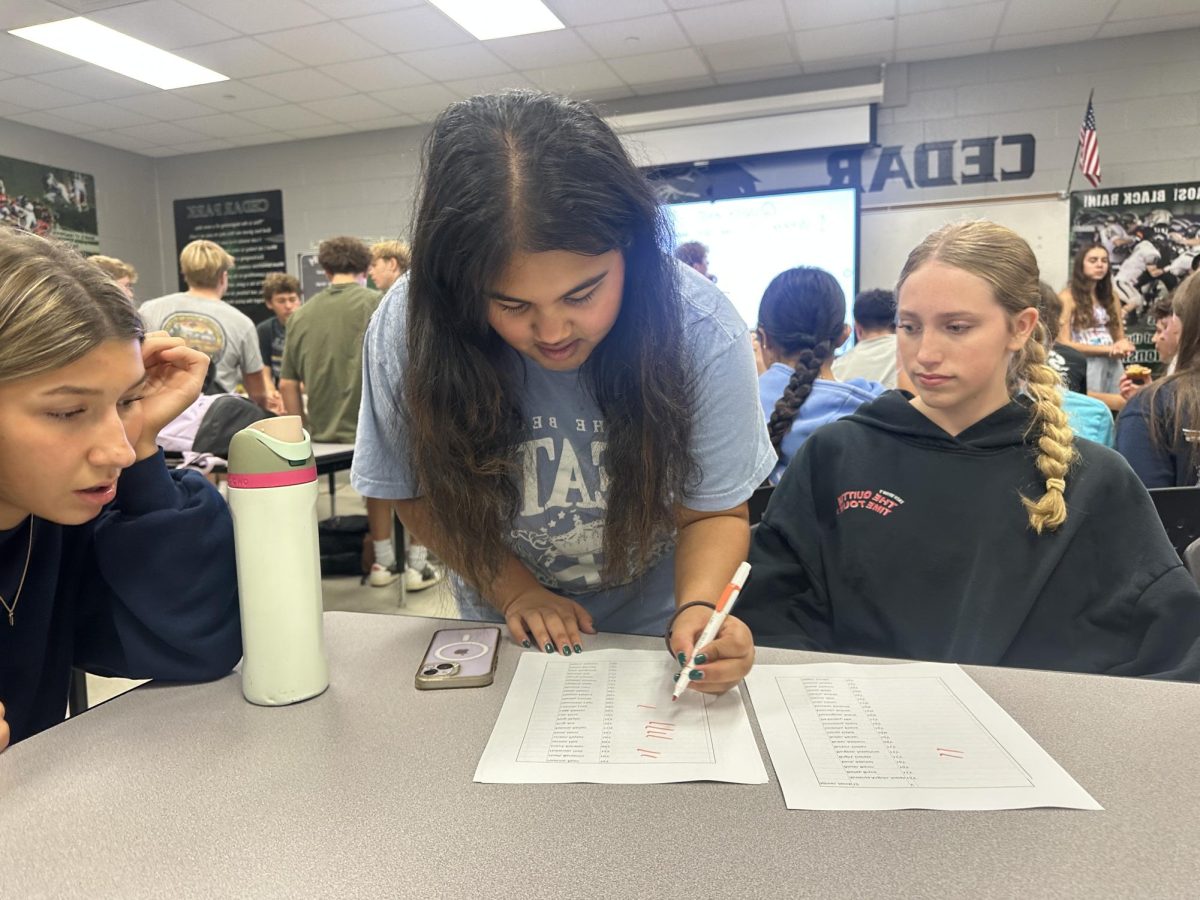

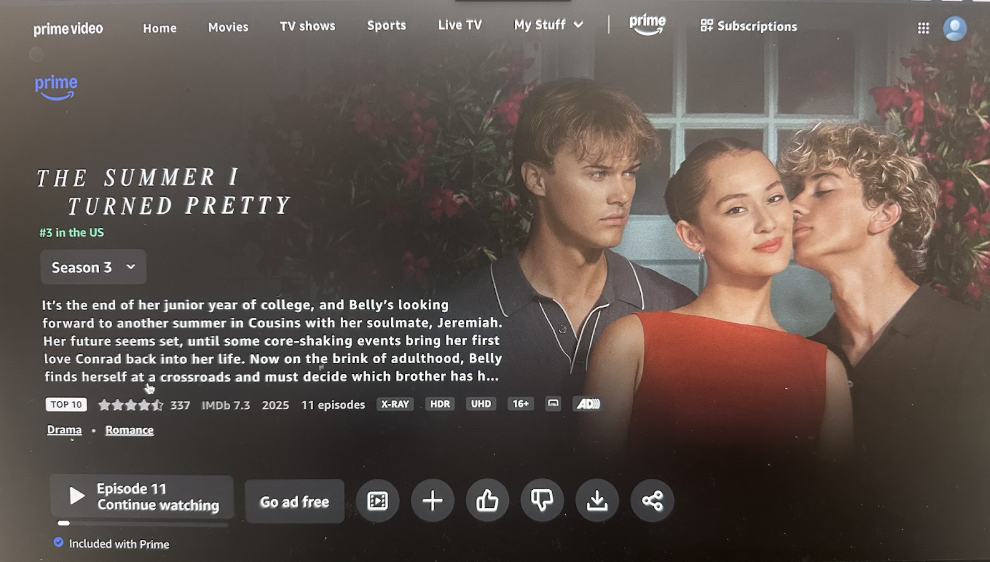

![Broadcast, yearbook and newspaper combined for 66 Interscholastic League Press Conference awards this year. Yearbook won 43, newspaper won 14 and broadcast took home nine. “I think [the ILPC awards] are a great way to give the kids some acknowledgement for all of their hard work,” newspaper and yearbook adviser Paige Hert said. “They typically spend the year covering everyone else’s big moments, so it’s really cool for them to be celebrated so many times and in so many different ways.”](https://cphswolfpack.com/wp-content/uploads/2025/05/edited-ILPC.jpg)



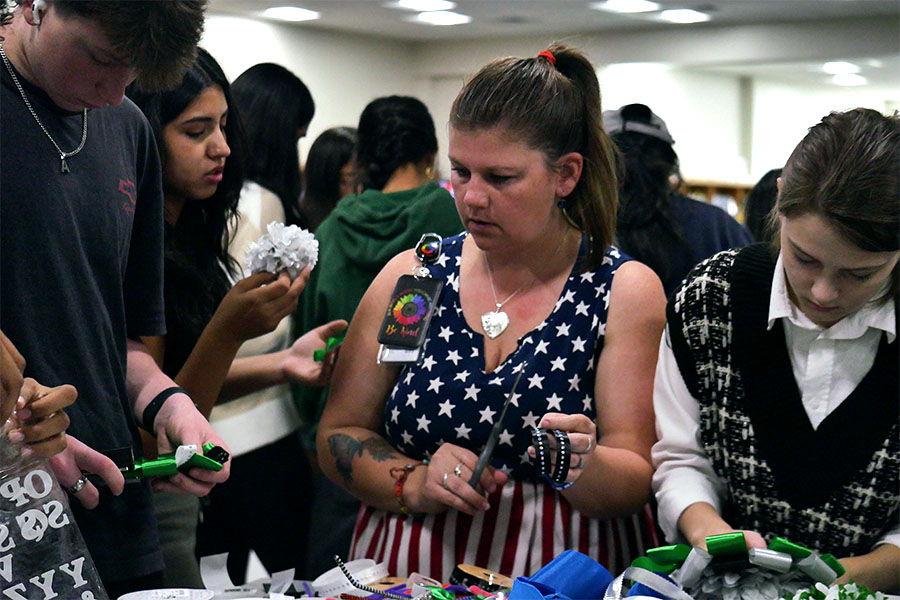

![Looking down at his racket, junior Hasun Nguyen hits the green tennis ball. Hasun has played tennis since he was 9 years old, and he is on the varsity team. "I feel like it’s not really appreciated in America as much, but [tennis] is a really competitive and mentally challenging sport,” Nguyen said. “I’m really level-headed and can keep my cool during a match, and that helps me play a bit better under pressure.” Photo by Kyra Cox](https://cphswolfpack.com/wp-content/uploads/2025/09/hasun.jpg)

![Bringing her arm over her head and taking a quick breath, junior Lauren Lucas swims the final laps of the 500 freestyle at the regionals swimming competition on date. Lucas broke the school’s 18-year-old record for the 500 freestyle at regionals and again at state with a time of 4:58.63. “I’d had my eye on that 500 record since my freshman year, so I was really excited to see if I could get it at regionals or districts,” Lucas said. “ State is always a really fun experience and medaling for the first time was really great. It was a very very tight race, [so] I was a bit surprised [that I medaled]. [There were] a lot of fast girls at the meet in general, [and] it was like a dogfight back and forth, back and forth.” Photo by Kaydence Wilkinson](https://cphswolfpack.com/wp-content/uploads/2025/03/Kaydence-2.7-23-edit-2.jpg)
![As her hair blows in the wind, senior Brianna Grandow runs the varsity girls 5K at the cross country district meet last Thursday. Grandow finished fourth in the event and led the varsity girls to regionals with a third place placement as a team. “I’m very excited [to go to regionals],” Grandow said. “I’m excited to race in Corpus Christi, and we get to go to the beach, so that’s really awesome.” Photo by Addison Bruce](https://cphswolfpack.com/wp-content/uploads/2025/10/brianna.jpg)











![Whereas classical art depicts a scene and tells a story, often of mythology or religious references, artists of modern times focus more on expressing ideas and feelings. The style of back then has since been replaced by splashes of color, curvy lines and other new art techniques. "[Over time] I think art has shifted more to emotion rather than human beauty, " sophomore Braeden Murray said. "Modern art is significantly more abstract and doesn't have an obvious theme in mind. Very simple shapes, no people to be seen, and more colorful. I think in the older [time period] the art was definitely more human based, with biblical [references] while modern art is more emotion based because it's not depicting a particular scene or action that's happening.”](https://cphswolfpack.com/wp-content/uploads/2023/02/2023-vs-1503.png)


